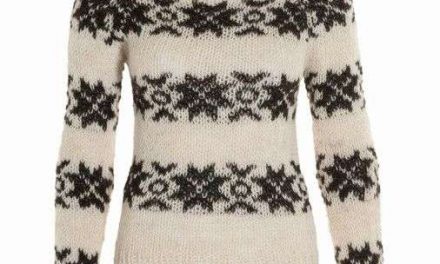Deadline: 31st July 2018
Cultivate is an annual, open-access journal based in the University of York at the Centre for Women’s Studies. We are postgraduate-led and interested in the practices, nuances and articulations of feminism. We are based in Europe but open to global submissions of all kinds of studies related to or about feminism. We accept academic essays as well as cultural commentary and creative work. Both academics and non-academics are encouraged to submit material, in all mediums of art and critical thought, including but not limited to essays, photo essays, poetry, videos, podcasts.
In January 2018, the 24th cycle of America’s Next Top Model premiered. The advertising surrounding this particular cycle focused on the ‘diversity’ of the new cast. While a minority of plus-size models have appeared regularly on the show since the tenth cycle, for 2018 audiences were told there would also be no age limit. However, despite the cast being more racially diverse than it has been previously, the majority of the models were predominantly light-skinned. There is no mention in the advertisements or press around this season of disability, only three out of the fourteen models are aged over twenty-five, none are aged over forty-five, none of the models are shorter than 5’7”, and the token ‘plus-size’ model has been replaced with what the industry usually terms an ‘inbetween’ model. Currently, America’s Next Top Model is broadcast in 170 countries. In addition, the related Top Model franchise is international with variations of the show airing in different regions and countries; to date there have been forty-six different local and regional versions, such as Africa’s Next Top Model, Asia’s Next Top Model, and Caribbean’s Next Top Model. While each iteration of the show has traditionally promoted largely unattainable aesthetic feminine standards, the decision to move away from the traditional expectations of the franchise in terms of body standards sits within in the context of the popularisation of a ‘body positivity’ movement in British and most North American media.
The campaigns at the centre of popular ‘body positivity’ (#Fatkini, Dove’s Real Beauty, Love Your Body and #LikeAGirl to name a few) suggest that this movement is invested in ‘normalising’ bodies that do not fit into the traditional standards of western beauty. There are, of course, other popular movements associated with feminism and body positivity that are not as focused on aesthetics, such as Time’s Up, Me Too and Free the Nipple. While these campaigns are not without their own issues, they do represent a popular interest in feminism and body positivity in some western cultures.
The prominence of new campaigns and media suggest there are new focuses on bodies in mainstream culture as well as the continuation of existing conversations such as cultural appropriation, colourism and the politics of religious clothing in a globalised context. There is a long standing connection between feminist scholarship, activism and bodies. While some people have found body related feminism to be a source of empowerment and freedom, there have been conflicts over exclusionary and silencing practices. We are interested in how all these conversations interact with contemporary and historical feminisms and the nuances and complications of both.
We are based in the U.K. and this issue has been inspired by the more recent popularisation of body positivity and conversations around bodies in the media that we consume everyday. Cultivate encourages contributors to not only engage with this topic but critique, differ, and go beyond. In this vein we seek global submissions in all forms of critical thought.
Cultivate is looking for submissions including but limited to the following topics:
- Gender and bodies
- Media and bodies
- Race and bodies
- Sexuality and bodies
- Bodies and art
- Bodies in captivity
- Bodies and culture
- Embodiment
- Health
- Class perspectives on bodies
- Engendered bodies
- Pregnancy
- Fat bodies
- Mental health
- Class and bodies
- (Dis)abled bodies
- Bodies in academia
- Bodies and death
- Queer bodies
- Body modification
- Objectification of bodies
- Aging bodies
- Eating Disorders
- Adolescent body
- Social media and body
- Religion and the body
- Bodies as sites of activism
- Womanism and the body
- Capitalism and neoliberalism and the body
- Diaspora and the body
If you have any questions about possible submissions please Contact us.





